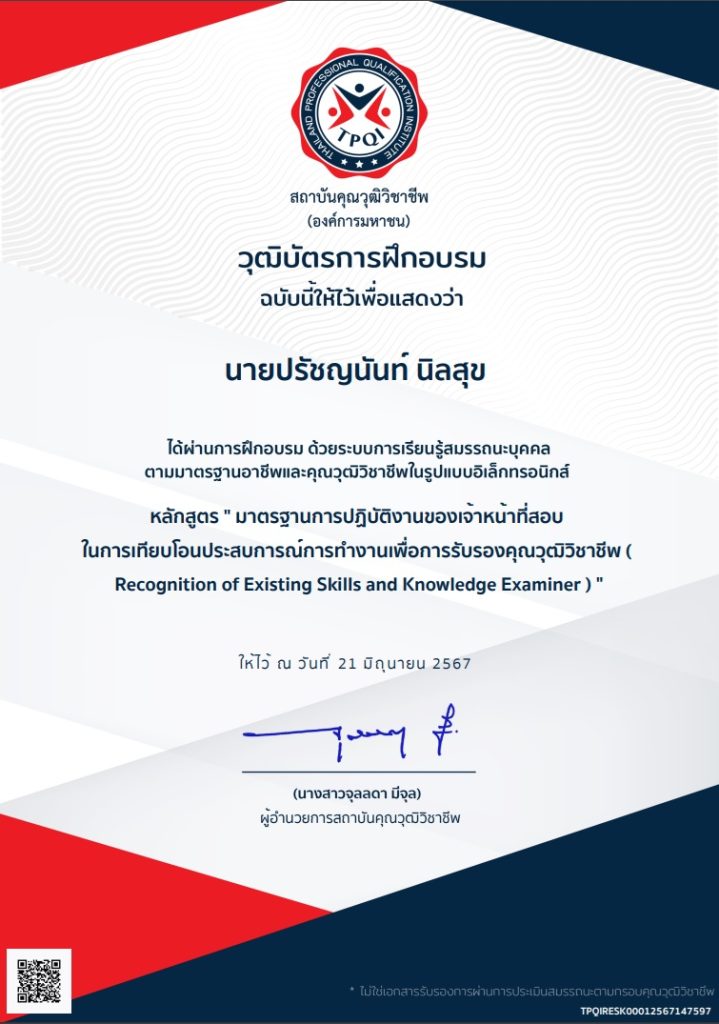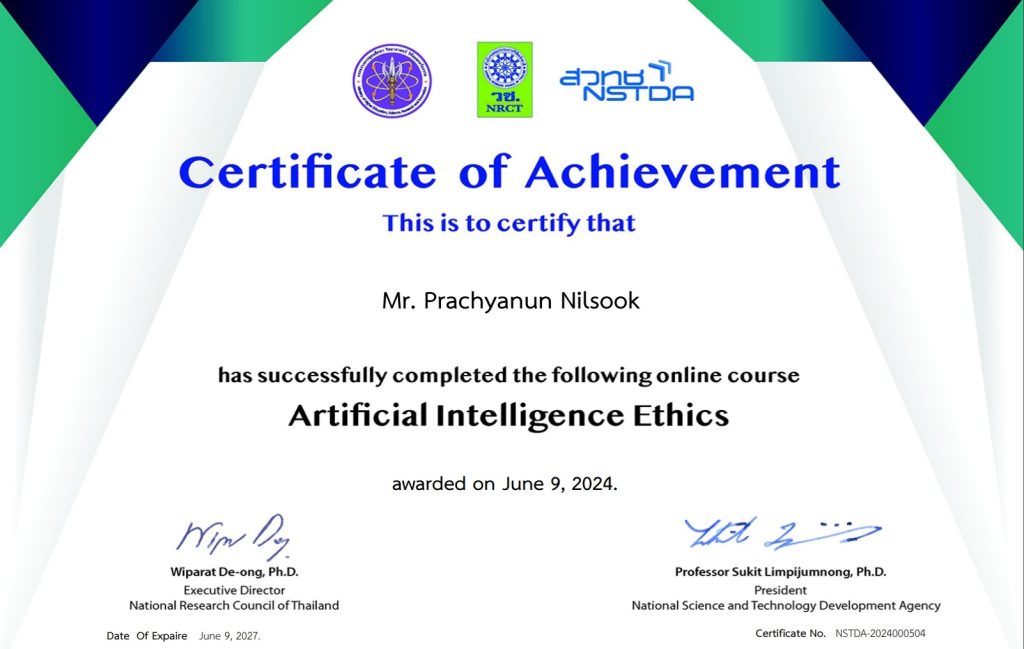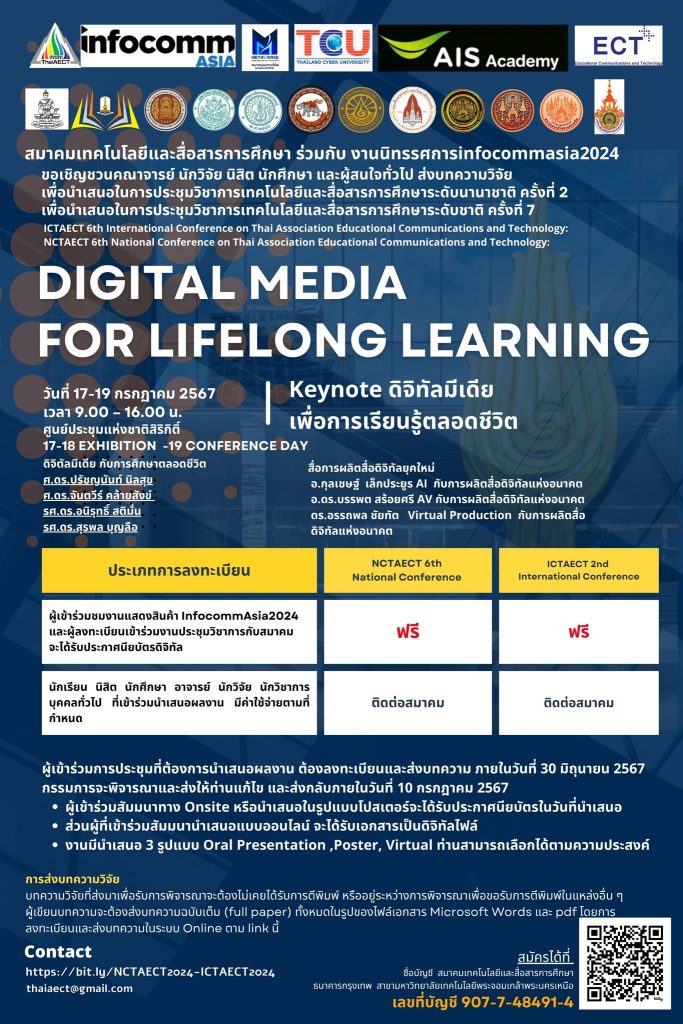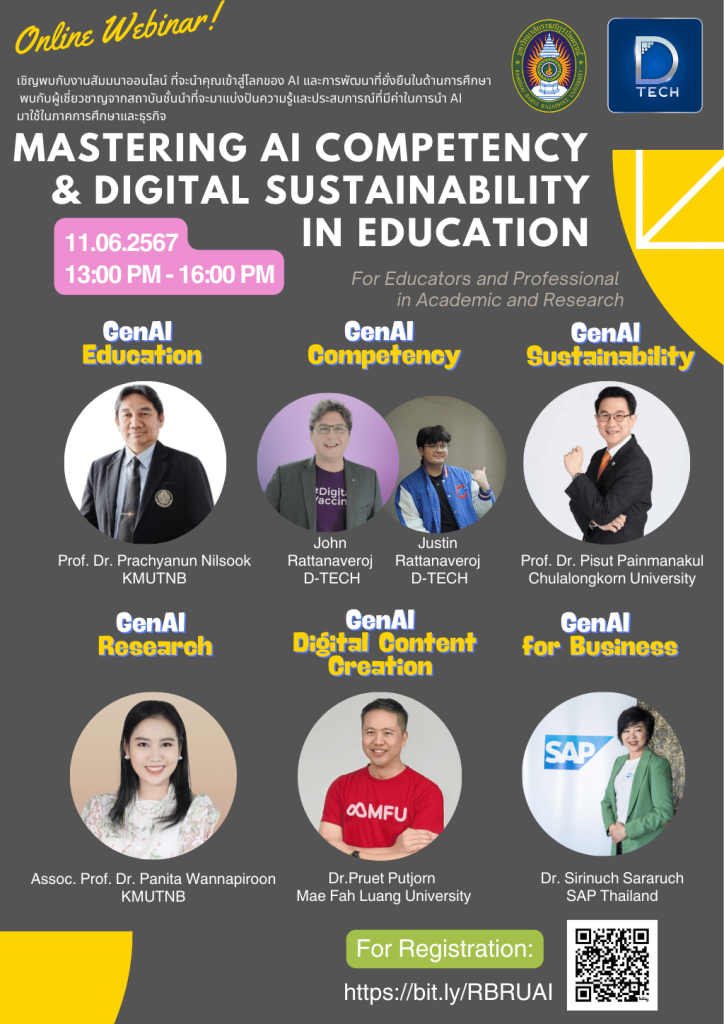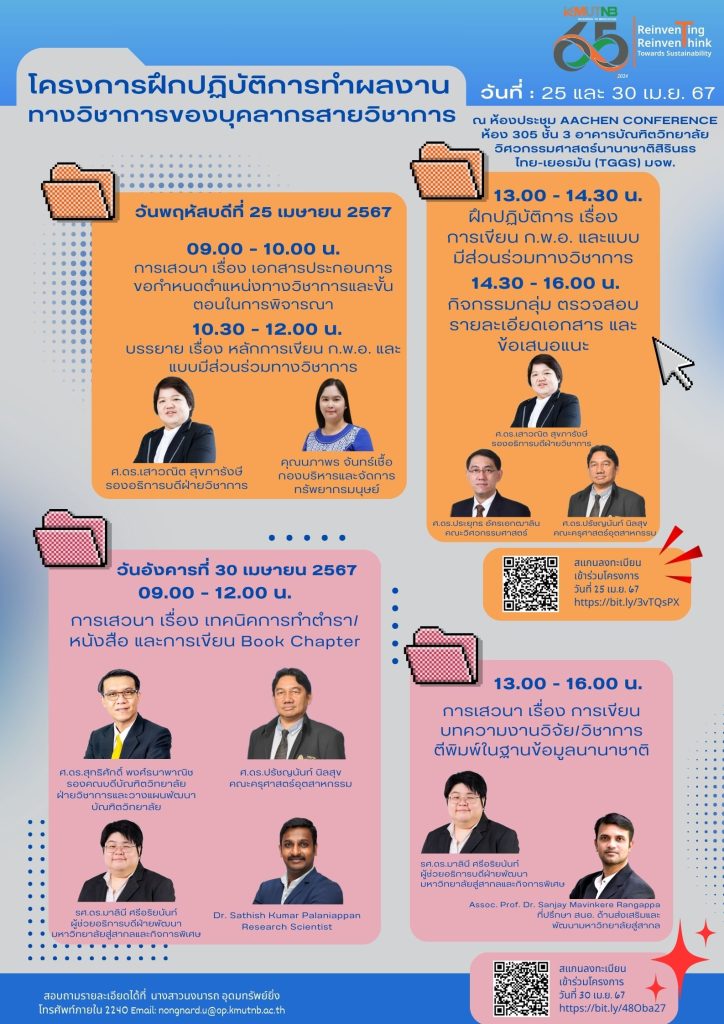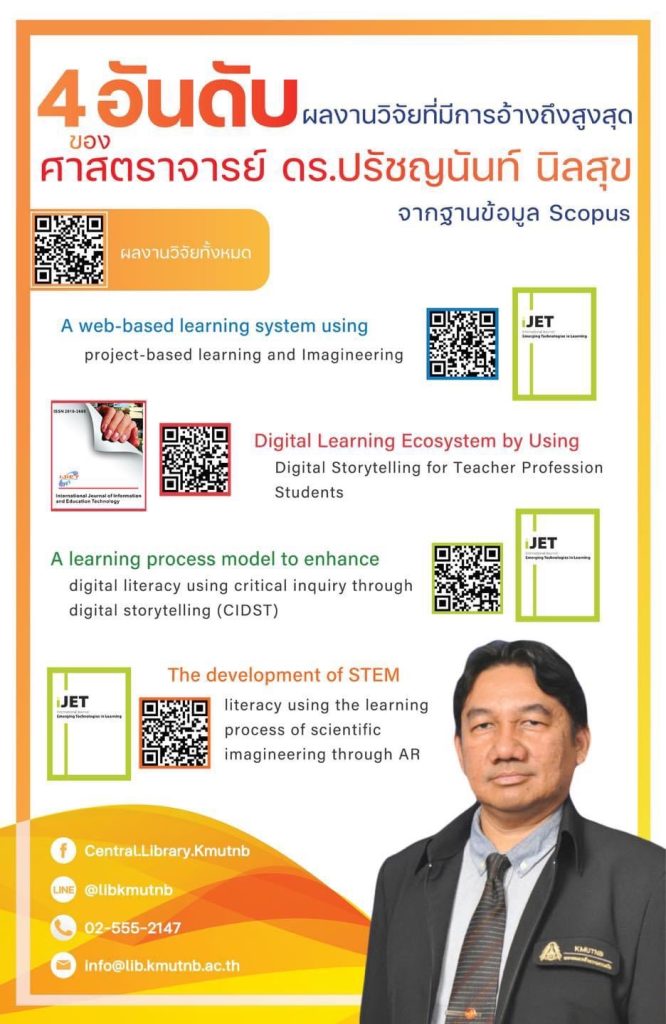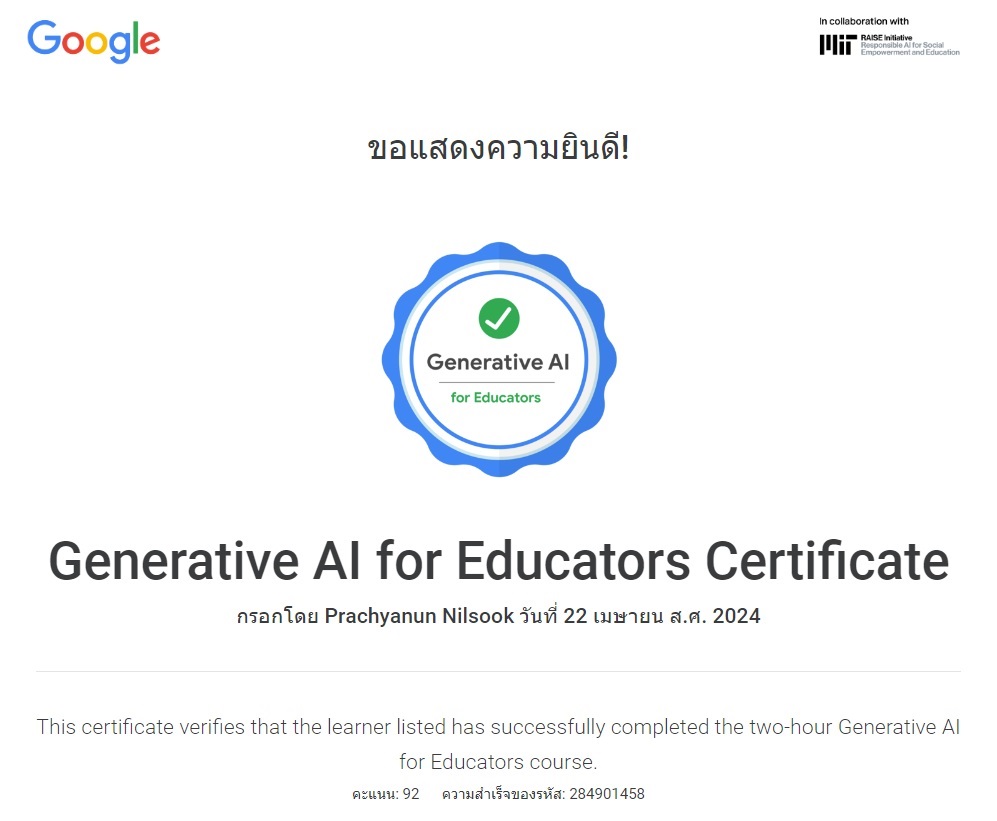Abstract:
The aim of this study is to assess the teaching proficiency of technical and vocational preservice teachers. This assessment aims to pave the way for the effective management of online teaching oversight based on established competency standards. Additionally, the study explores the integration of digital technology in the realm of online teaching supervision. The research approach employed a combination of research and development, utilizing content analysis of relevant literature and research, while also constructing supervision models. The findings revealed that the teaching proficiency of technical and vocational preservice teachers encompassed various facets, including the formulation of comprehensive learning management plans, the use of enriching learning activities, the execution of teaching strategies, the utilization of media and technology, and the implementation of measurement and evaluation methods. The process of online teaching supervision was found to involve a few distinct stages, namely preparation for supervision, the execution of supervision activities, guidance and mentorship, continual improvement coaching, and the subsequent reporting of coaching outcomes. Furthermore, the integration of digital technology into online teaching oversight was shown to manifest itself in two principal approaches: synchronous and asynchronous modes.
Keywords –Supervision, teaching competencies, technical, vocational preservice teachers.
Kanitta Hinon, Prachyanun Nilsook & Witsanu Loetchantharangkun.(2024). Competency-Based Online Teaching Supervision Process for Technical and Vocational Preservice Teachers. TEM Journal, 13(2), 1028-1037. https://doi.org/10.18421/TEM132-17
